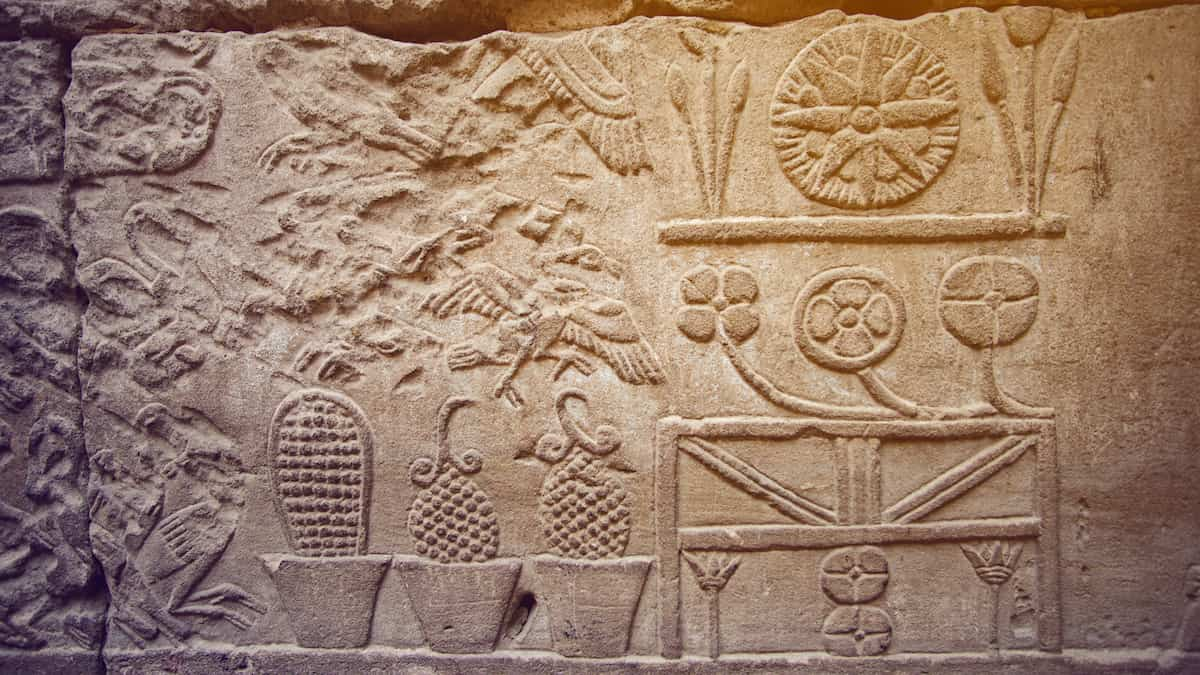Food in Ancient Egypt: What Did They Eat and Drink
People mainly associate ancient Egypt with its pyramids and pharaohs. Ancient Egyptian Food held an equal significance to religious practices and royal positions in society. Also, the Eating habits of people reveal essential information about their way of life.
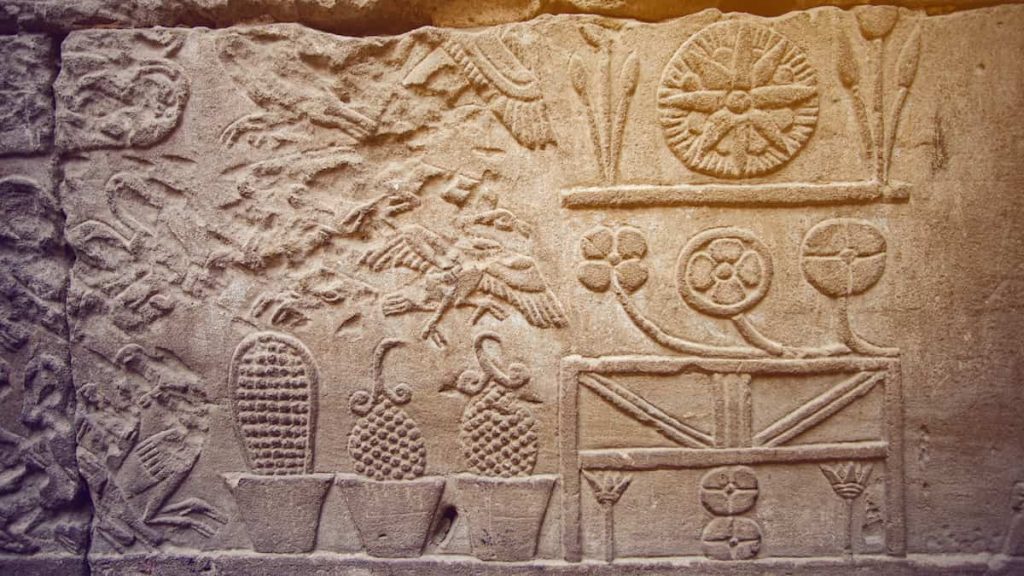
Every aspect of life included food because workers ate bread daily, while the wealthy enjoyed different culinary options. This guide examines food in Ancient Egypt, together with dietary restrictions, along with enduring eating customs from antiquity.
Ancient Egyptian Cuisine: How Meals Were Prepared and Enjoyed
The Egyptian Cuisine during ancient times relied on simple food preparation methods with seasonal produce and agricultural products from local farms. The diet consisted mainly of grains, together with vegetables and legumes. In contrast, it included meat and poultry and fruits when these ingredients were accessible. People prepared their meals using fundamental cooking equipment, which included clay pots alongside grinding stones and open fire stoves.
Typical Meals
The population consumed food at two distinct times throughout the day. The typical breakfast consisted of flatbread together with beans and beer. Thus, the evening meal consisted of hearty portions that included stewed vegetables and pulses, together with occasional meat or fish consumption based on social status.
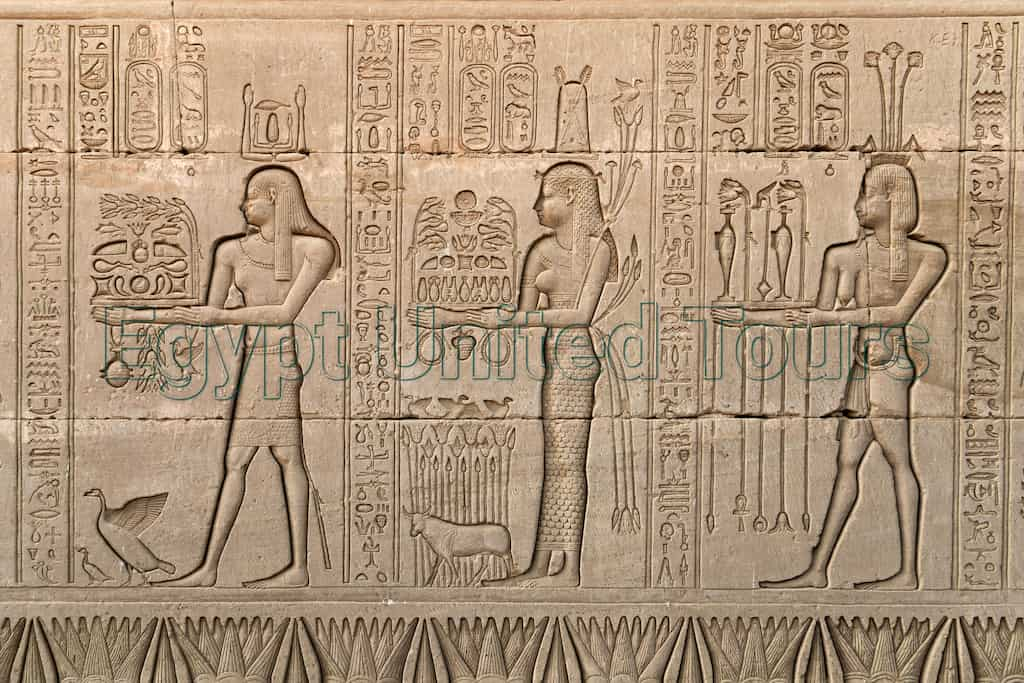
Ancient Egyptian Food
The food in Ancient Egypt lacked modern-day seasonings during that period. Egyptians prepared their food with salt, together with garlic and onions and coriander and cumin, and mustard seeds. Dates and honey served as popular sweeteners, which people used to make special foods.
Cooking Methods
Baking: Done in dome-shaped clay ovens
Boiling and stewing: Often used for vegetables, legumes, and meat
Roasting: Common for poultry and small animals
Drying and salting: For fish and meat preservation
Women took charge of food preparation tasks in both domestic homes and royal palace kitchens. Large-scale Ancient Egyptian Food production at temples and estates required bakers and brewers, and cooks who worked under supervision to prepare meals for priests and workers, and officials.
The Nile and Ancient Farming
The Nile River formed the basis of Egypt’s entire existence. Every year, the river overflowed its banks to create fertile land across the surrounding areas. Farmers could cultivate their crops because the soil received no need for rainfall.
The main crops were:
- Emmer wheat
- Barley
- Onions and garlic
- Lettuce, leeks, and radishes
- Fava beans and lentils
People constructed water transport systems and employed shaduf tools to supply water to their agricultural fields. In addition, the people maintained continuous crop cultivation and accumulated significant grain reserves for future consumption. People obtained their main nutrition from products that grew in their immediate surroundings.
Bread and Beer: Everyday Food
Bread and Beer were basic food items.
The table featured bread at every dining occasion. The preparation of emmer wheat and barley into bread involved manual grinding. The grinding process frequently resulted in flour that contained sand or grit, which caused tooth deterioration in the long run.
The different shapes and sizes of loaves existed in numerous variations. The bread preparation involved either the use of dates and honey for sweetening or a plain taste. People used clay ovens together with hot stones for baking their bread.
Beer
Beer had a thick consistency that resembled porridge in its texture. The fermentation process for beer involved soaking half-baked bread in water until it became ready for consumption. Everyone drank it, including children. The consumption of beer provided essential calories to people while simultaneously rendering hazardous water drinkable.
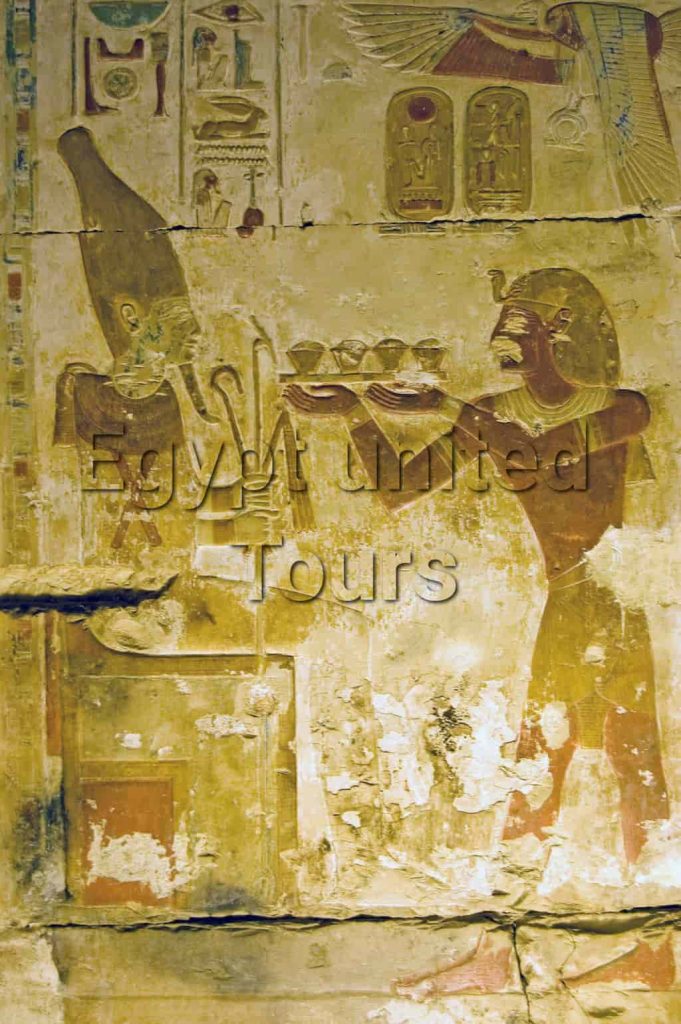
Ancient Egyptian Drink
The widespread popularity of beer stood in contrast to the more restricted availability of wine. The wealthy class, along with special occasion guest, received wine as their allocated drink.
Vegetables and Legumes
Most ancient Egyptian food sources in their diet originated from plants. The foods required simple cultivation methods while providing sufficient sustenance for people.
Common ingredients:
- Fava beans, chickpeas, and lentils
- Onions, garlic, and leeks—used in both food and medicine
- Lettuce, cucumbers, and radishes—often eaten raw or lightly cooked
Every social class consumed these foods as part of their regular diet.
Other Foods: Meat, Poultry, and Dairy
Meat and Poultry
The poor people could not afford meat in their regular diet. Meat consumption derived from goats, sheep, and poultry was served. The preferred selection among domesticated animals consisted of geese, ducks, pigeons, and quail.
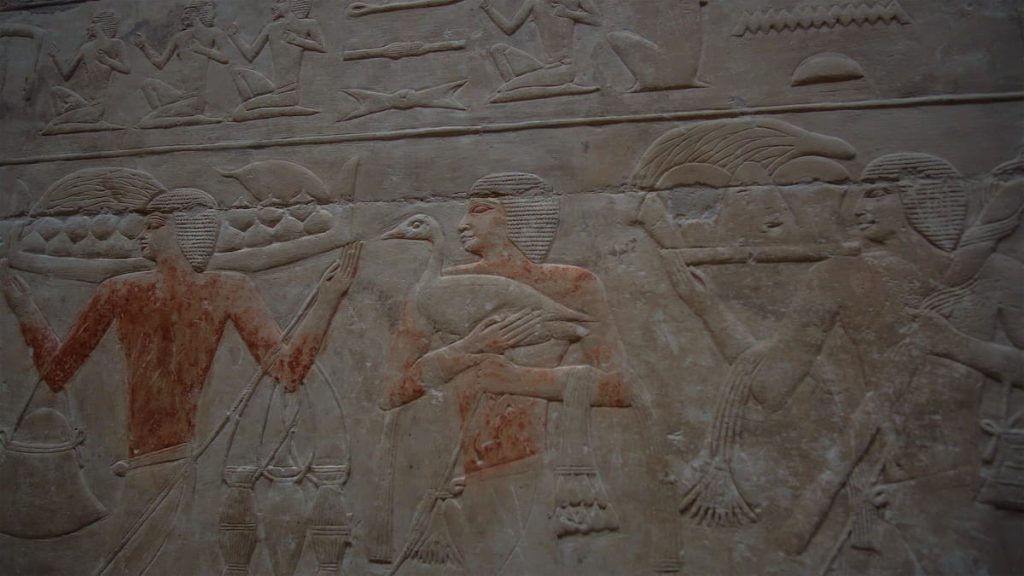
people with food and farming
The wealthy families who possessed beef consumption rights spent a fortune on this luxury. Moreover, some temple animals served religious purposes, and the priests did not consume them.
Fish
The majority of people, including priests and temple workers, stayed away from fish because of their religious beliefs. Certain religious narratives depicted fish as impure objects.
Although most Egyptians probably consumed fish frequently in their diet. The Nile River provided fish, which people dried and salted before selling them at markets.
Dairy and Eggs
People consumed milk and soft cheese, but they did not eat much of it. People used duck and goose eggs for cooking purposes, although they were not a main dietary staple.
Fruits in the Ancient Egyptian Diet
Fruit served as a refreshing replacement for the heavy consumption of bread along with beans. The dried fruit provided an easy method for storage while adding sweetness to the food.

Ancient Egypt Fruit
Popular fruits included:
- Dates – eaten fresh or pressed into cakes
- Figs – eaten raw or dried
- Grapes – used for eating and winemaking
- Sycamore Figs and Dom palm Fruit – native to Egypt
- Pomegranates and melons – grown in gardens and used in drinks
Fruit appeared in religious ceremonies and tomb offerings. Thus, people believed it would serve them in the afterlife.
What Egyptians Avoided?
Certain foods are prohibited because of religious beliefs as well as social traditions.
- Fish: Priests, together with certain members of the upper class, refrained from eating fish because of religious beliefs based on mythological stories.

Cows and Fish
- Certain animals: Cats, cows, and ibises were not eaten because they were sacred.
- People needed to be careful when consuming spoiled food since refrigeration was unavailable in ancient Egypt.
- Food in Ancient Egypt preservation techniques included drying, salting, and fermentation, but people stayed away from any items that could lead to sickness.
Did Ancient Egyptians Eat Eggs?
Yes. The Egyptians consumed eggs from domesticated ducks together with geese. Furthermore, the Egyptians used eggs for cooking purposes and consumed them as standalone food items. The early use of eggs relied on waterfowl because chickens arrived at a later stage.
Eggs rarely appear in ancient texts and visual depictions, yet people in wealthy classes and at special occasions likely utilized them.
Fish Wasn’t Always on the Menu
Although Fish filled the Nile, certain Egyptians chose to stay away from eating them. It was linked to negative occurrences and impurities in numerous religious narratives. Priests strictly avoided fish consumption because it was part of their religious duties.
Still, fishing was common. Families with limited income consumed fish when they managed to obtain it. The fishing process used nets and hooks to catch fish, which were subsequently dried or salted for longer preservation.
What Ancient Egyptians Still Eat Today?
Many foods that ancient Egyptians consumed continue to be part of their current daily food intake.
- Ful medames consists of stewed fava beans, which people traditionally consume during breakfast time.

What is the most popular food in Egypt
- Ta’amiya (Egyptian falafel) – made with crushed fava beans and herbs
- Aish baladi represents a flatbread that resembles ancient loaves and is baked in clay ovens.
- The three household staples of dates, garlic, and onions remain unchanged in modern usage.
- The production and consumption of beer and wine continue to exist in contemporary times.
The fundamental ingredients and cooking principles of these dishes have endured despite modifications made to their preparation methods.
Conclusion
Overall, the ancient Egyptians structured their meals based on the Nile’s provisions, which included grains along with vegetables and water. Bread and beer kept them going. The diet included legumes and fruit as additional food choices. The wealthy class reserved meat and wine as their exclusive culinary choices. Fish was abundant, yet priests generally chose to abstain from it.
The ancient Egyptian food choices of ancient people depended on their agricultural output combined with their faith traditions, and their economic status. In conclusion, today’s Egyptians prepare traditional meals that originated from their early kitchens, thus demonstrating the value of preserving certain habits.

